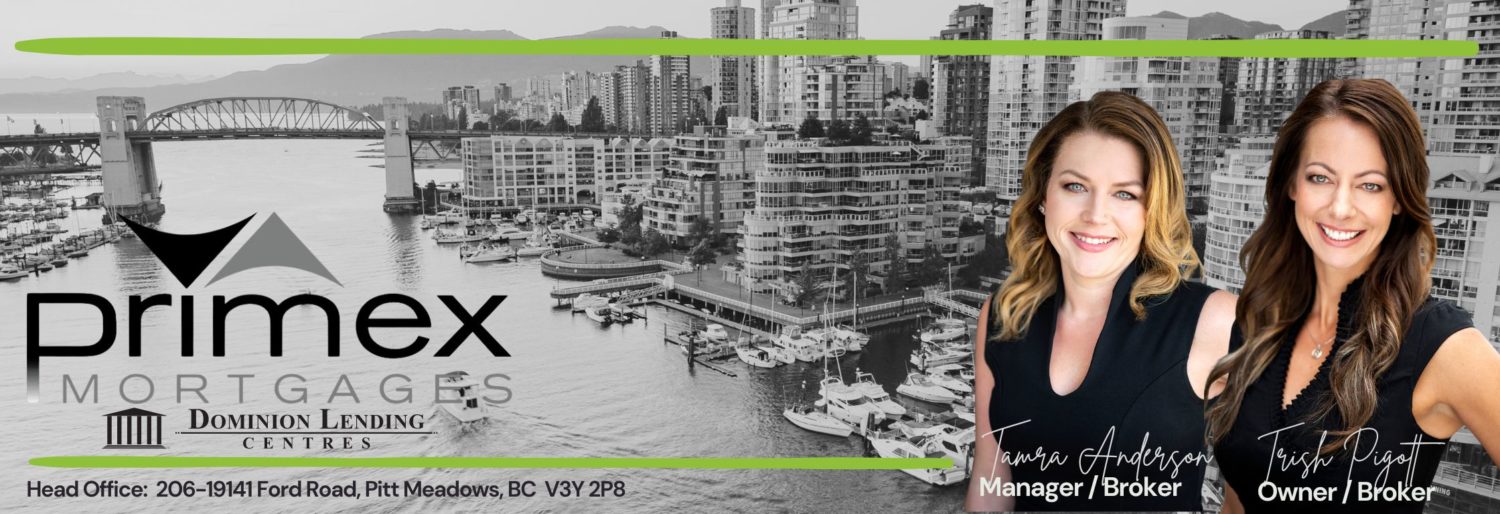It’s easy to get caught up in the idea that comparing mortgage rates will guarantee your dollar is stretched further. While this may be true for particular situations, there are many scenarios where this strategy is not effective. Following are three reasons why it doesn’t always pay to make a decision based solely on rates.
Reason #1
Your long-term plan and risk tolerance should determine which mortgage product is right for you. This product may or may not have the lowest rate.
For instance, there are cases where lenders will offer lower rates for insured mortgages. With insured mortgages, however, you’re charged an insurance premium, which is usually added to the mortgage amount. But if you’re not planning on keeping the property for a long enough time to offset that cost, it may be better to take an uninsured mortgage with a slightly higher rate. The cost difference you will pay with the higher interest rate may still be less than what you may pay in insurance premiums.
As another example, if you prefer to budget for a consistent payment and can’t handle rate fluctuations, it may be better to go with a higher fixed-rate mortgage. If you think current rates are low enough and you will be living in your property for at least five years, it may be wise to also opt for a mortgage with a longer term.
Reason #2
One of the biggest mistakes people make when merely comparing mortgage rates is failing to consider important factors such as prepayment options to help pay off the mortgage faster, whether secondary financing options are allowed, early payout penalties, or what fees are involved.
It’s not enough to simply compare mortgage rates because you have to know what “clauses” are contained within the mortgage deal. There may be cases where you will find a lender with the lowest rate and willing to pay for your closing costs, or even provide you with cash-backs after closing.
Reason #3
Lenders can change their rates at any time. As such, if you’re shopping for rates with one lender and then approach another that gives you a lower rate, it’s quite possible that the first lender has also dropped its rates. This is why it’s important to get pre-approved with a lender once you a mortgage that fits your needs. In some cases, you can secure your rate and conditions for up to 120 days.
These are just three reasons why it’s not enough to merely compare mortgage rates. The mortgage rate you may qualify for is also highly dependent on your credit score among other things. In order to get the best mortgage deals, you need to have solid credit.











